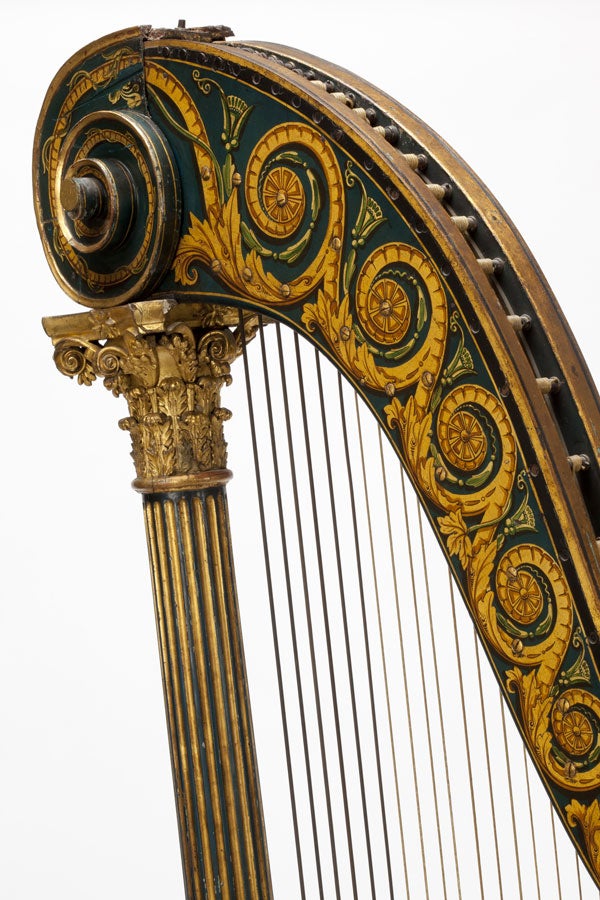Horniman Museum gives a glimpse of music's past

Side by side sit two instruments once owned by Italian horn player Giovanni Puzzi. In the bell of one, lavish decoration in green lacquer has worn away exactly at the spots on which Puzzi placed his hand to shape the pitch of his notes. The musician's grandson gave it to the V&A in 1926.
The Horniman Museum has brought together the musical instruments from the collections of the V&A, whose instrument galleries were closed last year, with its own, providing an intriguing contrast: its instruments were chosen by Frederick Horniman with utterly different aims.
"The musical instruments in his collection, from all over the world, show his interest in music's anthropological element, focusing on how they were used by musicians and what the social role of music was," says the exhibition's co-curator, Bradley Strauchen. Whereas Carl Engel, a German-born pioneer of organology (the study of musical instruments) was employed by the V&A to build its own collection of instruments with an emphasis on design and craftsmanship.
There is a chance to see Rossini's oboe; Renaissance viols with carved scrolls; an octagonal ivory recorder; and a Stradivarius violin, made in 1699, confined to a glass case so it remains untouched for further analysis of how it was made and played.
The Art of Harmony, Horniman Museum, London SE23 (www.horniman.ac.uk) ongoing
Join our commenting forum
Join thought-provoking conversations, follow other Independent readers and see their replies
Comments